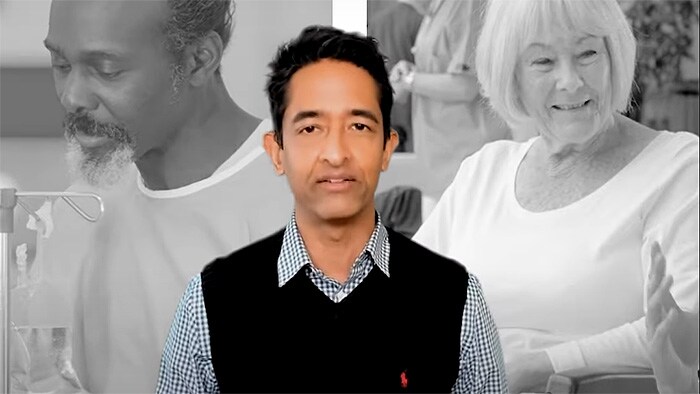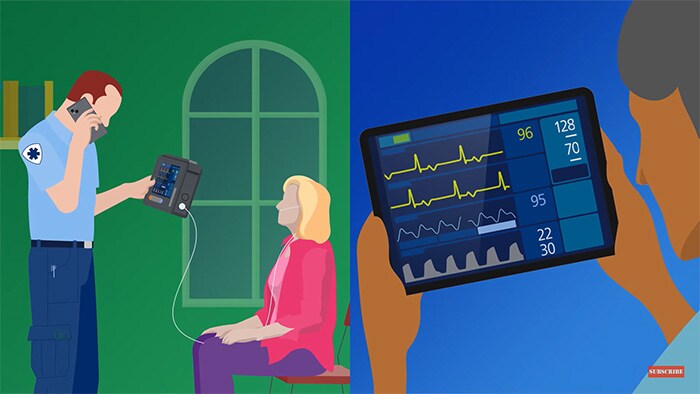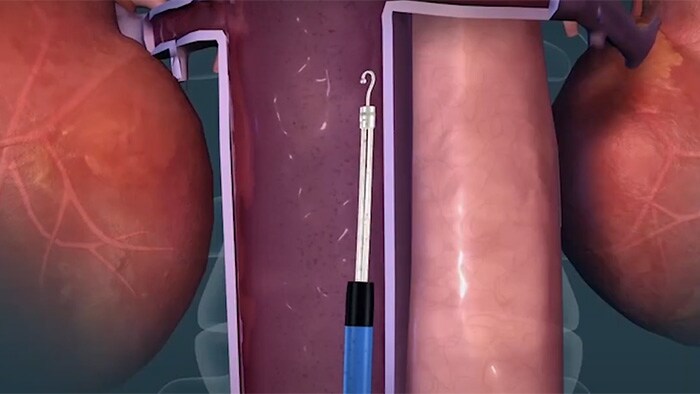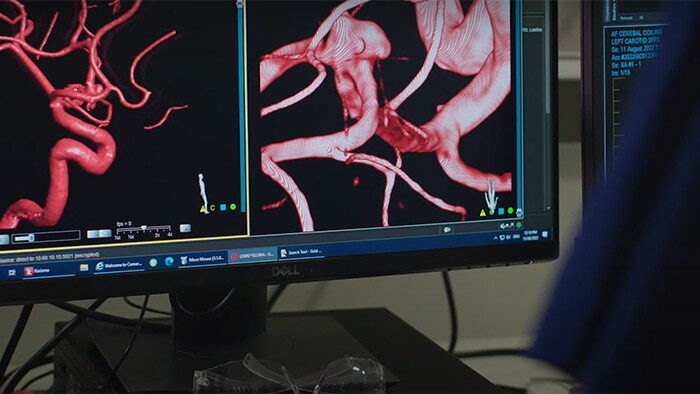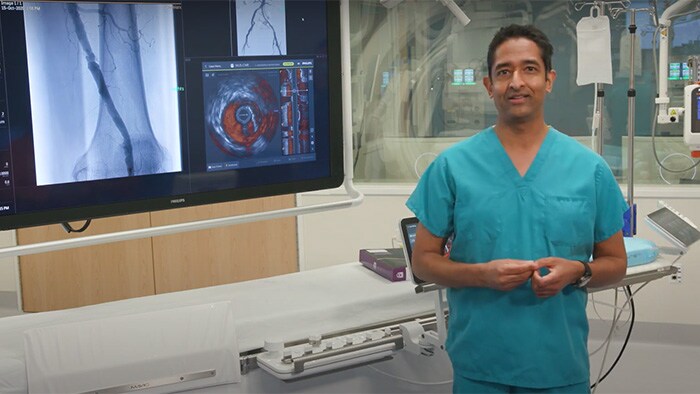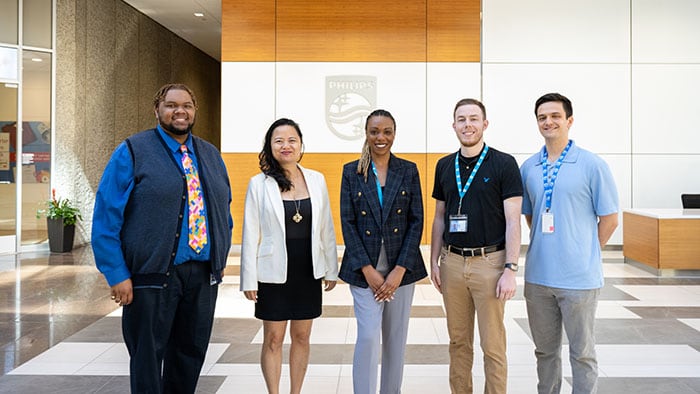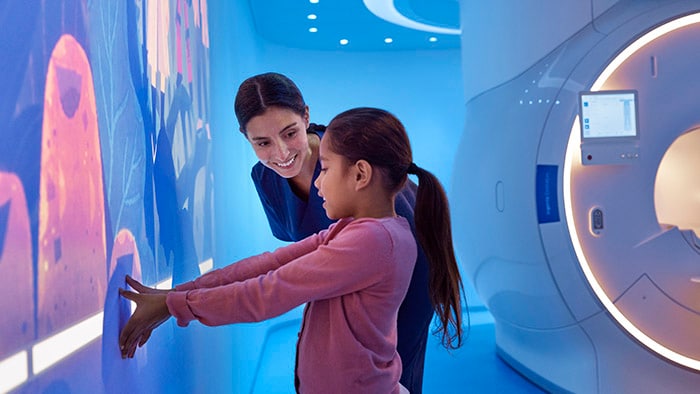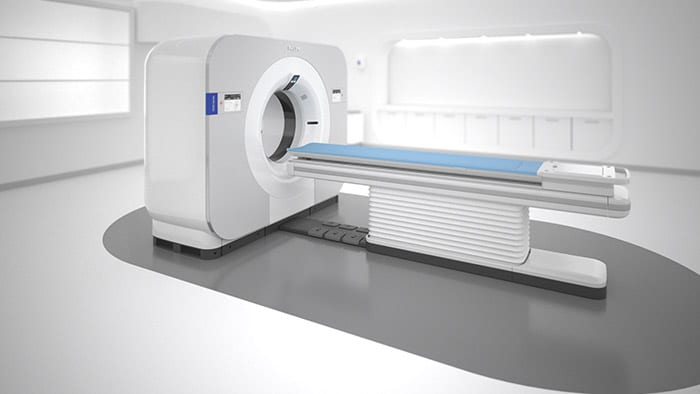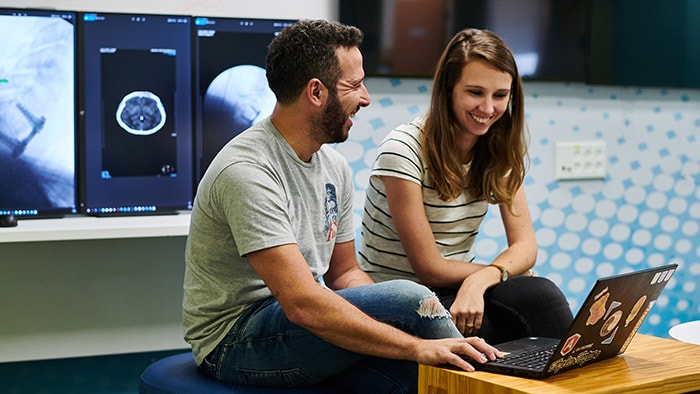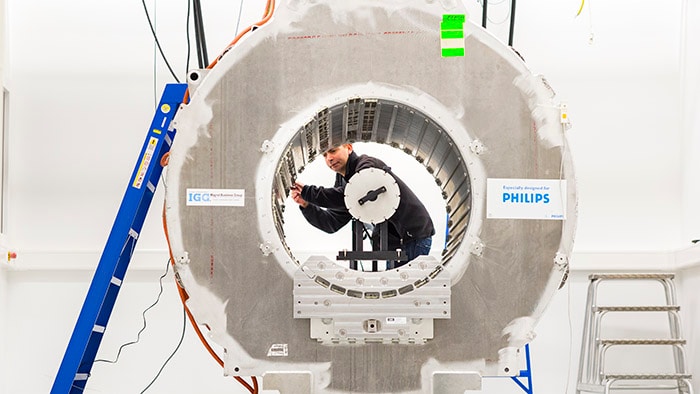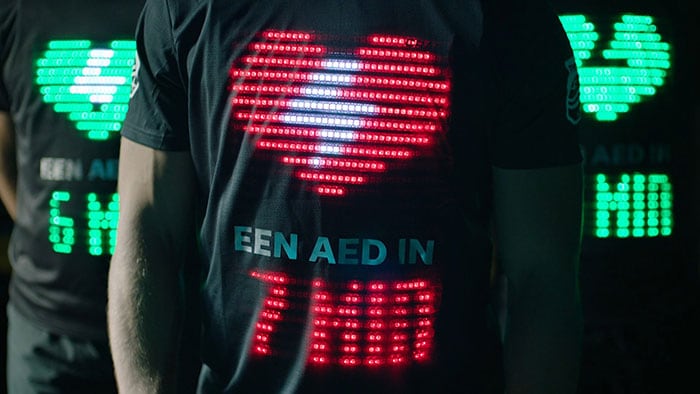Improving people’s health and well-being through meaningful innovation with the aim to improve 2.5 billion lives per year by 2030 is the core of Philips’ purpose. Being recognized for the 10th consecutive year as a top innovator in the Clarivate Top 100 Global Innovator list is a powerful endorsement of Philips’ ongoing ability to create game-changing innovations that improve patient outcomes, enhance the patient and staff experience, and reduce healthcare costs. Philips is a leader in image-guided therapy offering systems, devices, software, and services. The below collection of videos illustrates the company’s recent innovations across cancer screening and diagnosis, rapid treatment for stroke, and venous implant removal to emerging technologies such as robotics and procedural automation.
One-stop lung cancer diagnosis and treatment
Early detection of lung cancer, a disease that currently kills around 1.7 million people a year, is critical to improving patient outcomes. In a World Cancer Day video on lung cancer care, Philips’ Chief Medical Officer for Image Guided Therapy Atul Gupta discusses the latest innovations in the one-stop diagnosis and treatment of early-stage lung cancer using low X-ray dose computed tomography (CT) scans that can identify lesions just a few millimeters in diameter, followed by minimally-invasive surgery for biopsy and removal.
Time-critical stroke care
The overarching axiom in stroke care is ‘time-is-brain’. From the moment a stroke occurs, every second counts. Atul Gupta describes how Philips connects people, technology, and information to help provide time-critical, life-saving stroke care. The video follows a stroke patient’s journey from the moment their stroke is suspected, through initial triage by a first responder, dispatch to an appropriate emergency department, rapid diagnostic imaging, minimally invasive treatment in a dedicated stroke unit, and follow-up monitoring at home, showing how telemetry, remote collaboration, and advanced informatics make the right information available to the right people every step of the way.
IVC filter placement and removal
Inferior Vena Cava (IVC) filters have been implanted for decades to prevent blood clots in a patient’s legs from traveling to their lungs, where they can be life-threatening. However, IVC filters are not without complications, which means they sometimes need to be removed. Atul Gupta describes how Philips’ innovative excimer laser catheters are being used for the first time to remove heavily scarred-in IVC filters that are no longer needed, bringing near instant relief for one patient’s chronic pain.
Minimally-invasive brain procedures
A video about Philips’ partnership with Gold Coast Health (Queensland, Australia), in which Dr. Hal Rice and Dr. Laetitia de Villiers at Gold Coast Health describe how they are using Philips’ latest innovations in high-resolution CT and MR imaging to create patient-specific 3D printed models of brain vasculature so that interventionists can plan and practice image-guided minimally-invasive procedures to treat ischemic stroke or cerebral aneurysms before operating on the patient. It also touches on future innovations in the field, such as artificial intelligence, augmented reality, and robotics.
Treating peripheral vascular disease
Occurring when plaque builds up in the vessel wall and reduces blood flow to the limbs, most commonly the legs, peripheral vascular disease affects an estimated 200 million people worldwide [1], with symptoms including recurrent fatigue, leg pain, and foot or leg wounds that do not heal or heal very slowly. A recent consensus document from 30 global vascular experts recommended the routine use of intravascular ultrasound (IVUS) as a preferred imaging modality for peripheral vascular disease procedures. In this video, Atul Gupta highlights how IVUS can be used to identify vascular dissections that can then be repaired with devices such as the Philips Tack Endovascular System.
For more information on Philips’ 10th consecutive year as a Clarivate Top 100 Global Innovator, click here.
To find out more about innovation at Philips, click here.
[1] Benjamin EJ, Muntner P, Alonso A, Bittencourt MS, Callaway CW, Carson AP, Chamberlain AM, Chang AR, Cheng S, Das SR, Delling FN, Djousse L, Elkind MSV, Ferguson JF, Fornage M, Jordan LC, Khan SS, Kissela BM, Knutson KL, Kwan TW, Lackland DT, Lewis TT, Lichtman JH, Longenecker CT, Loop MS, Lutsey PL, Martin SS, Matsushita K, Moran AE, Mussolino ME, O'Flaherty M, Pandey A, Perak AM, Rosamond WD, Roth GA, Sampson UKA, Satou GM, Schroeder EB, Shah SH, Spartano NL, Stokes A, Tirschwell DL, Tsao CW, Turakhia MP, VanWagner LB, Wilkins JT, Wong SS, Virani SS., American Heart Association Council on Epidemiology and Prevention Statistics Committee and Stroke Statistics Subcommittee. Heart Disease and Stroke Statistics-2019 Update: A Report From the American Heart Association. Circulation. 2019 Mar 05;139(10):e56-e528. [PubMed].
Share on social media
Topics
Contact

Joost Maltha
Philips Global Press Office Tel: +31 6 10 55 8116
You are about to visit a Philips global content page
Continue